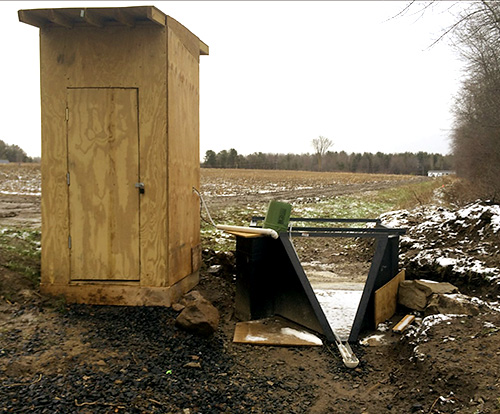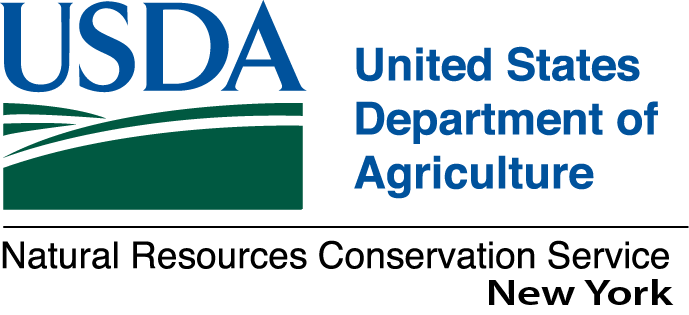
USDA Natural Resources Conservation Service – New York
Mission
The USDA Natural Resources Conservation Service (NRCS) is committed to working with farmers in Lake Champlain’s watersheds where water quality is most impaired. NRCS is helping farmers plan and implement conservation practices which will help meet the required phosphorus reduction goals for Lake Champlain. NRCS seeks to accelerate improved water quality in the Lake Champlain Basin by working with partners to provide outreach, education, and technical and financial assistance to farmers.
Agency Initiatives
Regional Conservation Partnership Program with Vermont NRCS and the State of Vermont Department of Environmental Conservation
This project targets objectives and actions that include practices that target Environmental Quality Incentive Program (EQIP) funds at farmstead-based practices throughout the South Lake Watershed.
Greater Adirondack Resource Conservation and Development Council’s Agricultural Environmental Enhancement Program
This Regional Conservation Partnership Program is focused solely in New York in cooperation with the Greater Adirondack Resource Conservation and Development Council’s Agricultural Environmental Enhancement Program focusing on water quality, soil health, and inadequate habitat. The project provides technical and financial assistance to invest in best management practices that bring together the principles of agricultural economic and environmental sustainability.
Current Projects
Miner Institute Edge of Field (EOF) Monitoring projects

These projects are funded with EQIP funds specifically targeted to implement EOF monitoring that will assist producers in measuring the effectiveness of various conservation practices on water quality at the field edge. The objective of one such project currently implemented and being monitored is to study controlled drainage as a best management practice in a tile-drained field. Controlled drainage, also known as drainage water management, is the practice of using a water control structure to raise the depth of the drainage outlet for a tile system by holding water in the field during periods when drainage is not needed. Unlike conventional drainage systems that remove excess water to the design drain depth whenever it occurs, controlled drainage conserves water by increasing the retention time of water in the soil profile.This project will evaluate the potential for Drainage Water Management to reduce Nitrogen, Phosphorus and sediment in surface and subsurface runoff from two adjacent cornfields over a six year period using a small paired watershed approach. A second EOF project is in the design phase that will compare various tillage practices on heavy clay soils and measure water quality impacts to surface runoff and tile drainage water.
